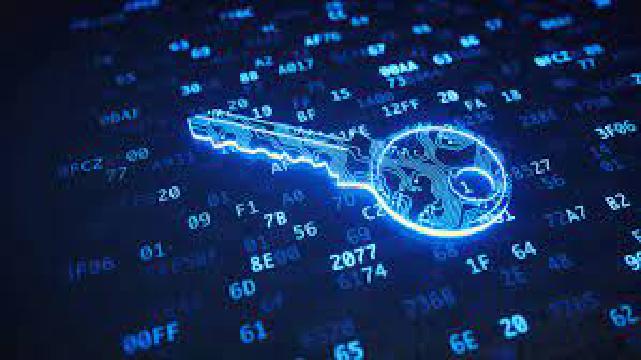Excerpt
When selecting a cryptographic hash function, SHA-256 stands out as the most secure algorithm due to its collision resistance and resilience against attacks. But alternative hashes like SHA-3 and BLAKE2 may be better suited for certain uses cases requiring optimized speed and performance.
Introduction
Hashing algorithms are essential cryptographic functions used to map data of arbitrary size to fixed-size values called hashes. They play a vital role in blockchain, data security and integrity verification. But with the variety of hashing algorithms available, how do we determine the best one? Let’s evaluate some popular algorithms against key criteria.
Types of Hashing Algorithms
Hashing algorithms are broadly classified into two categories:
Cryptographic: Used for cryptography and security applications. Designed to be one-way functions that are infeasible to invert. Examples include MD5, SHA-1, SHA-256.
Non-cryptographic: Used in hash tables, databases, etc. Designed for speed and efficiency, not cryptographic security. Examples include CRC32, Jenkins, MurmurHash.
Criteria for Evaluating Hashing Algorithms
Some important criteria to evaluate hashing algorithms are:
Collision resistance - Output hashes should be unique for different inputs to prevent collisions.
Efficiency - Fast computation time and performance for real-world usage.
Randomness - Hash distribution should be uniform for stronger security.
Security - Resilience against cryptographic attacks like birthday attacks.
Popular Hashing Algorithms
MD5
Introduced in 1991, produces 128-bit hashes. Widely used previously but major weaknesses found over the years make it unsuitable for security uses today.
Pros: Fast, efficient.
Cons: Susceptible to collision attacks. Cryptographically broken.
An free online tool to quickly verify your answersSHA-1
Designed by the NSA in 1995, outputs 160-bit hashes. Stronger than MD5 but weaknesses emerged over the past decade.
Pros: Faster than SHA-256.
Cons: Theoretical vulnerability to collisions. Deprecated by most organizations.
An free online tool to quickly verify your answersSHA-256
Published in 2001, it generates 256-bit hashes. Part of the SHA-2 family, it possesses the highest security strength today.
Pros: Excellent collision resistance and security.
Cons: Slower than MD5 and SHA-1.
An free online tool to quickly verify your answersComparison of Hashing Algorithms
| Algorithm | Speed | Collision Resistance | Security |
|---|---|---|---|
| MD5 | Very fast | Weak | Broken |
| SHA-1 | Fast | Moderate | Vulnerable |
| SHA-256 | Moderate | Strong | Excellent |
For performance-critical applications, MD5 and SHA-1 may be preferred. But where cryptographic security is required, SHA-256 is unmatched despite its slower speed.
Choosing the Best Hashing Algorithm
There is no universal “best” hashing algorithm. The choice depends on:
- Application’s security requirements
- Performance needs - speed vs security tradeoff
- Compatibility needs and use cases
- Future-proofing against potential attacks
For password hashing, digital signatures, and other security applications, SHA-256 is recommended. For non-cryptographic uses favoring speed over security, MD5 and SHA-1 remain reasonable choices.
Latest Developments
SHA-3 and BLAKE2 offer enhanced security and performance vs SHA-2. Quantum-resistant algorithms like SPHINCS are being developed. These emerging algorithms are promising but SHA-256 remains the gold standard for security today.
Conclusion
Hashing algorithms enable a variety of vital data security applications. When selecting a hashing algorithm, SHA-256 stands out for its collision resistance and resilience to cryptographic attacks. But alternative hashes like SHA-3 and BLAKE2 are also strong contenders for future applications requiring speed, security and collision resistance.















